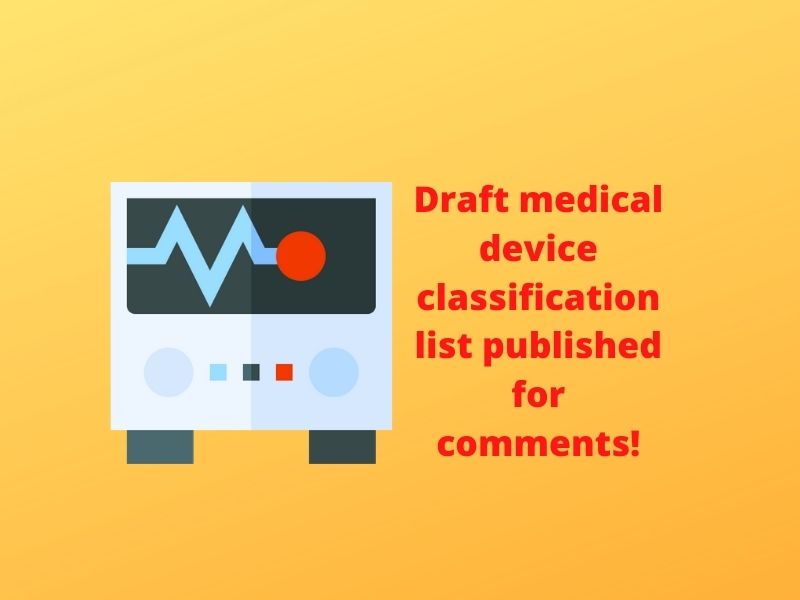In February of this year, India’s Health Ministry had notified a new definition of medical devices with an intent to bring all medical devices under the purview of Medical Devices Rules, 2017 (MDR). Prior to such notification, only 37 categories of medical devices that it had notified were regulated by MDR. The new definition took effect from April 1, 2020, which means that MDR started applying to all medical devices from April 1, 2020. However, an exemption from applicability of MDR was added until August 11, 2022 for Class A (low risk) and Class B (low-medium risk) medical devices, and until August 11, 2023 for Class C (medium-high risk) and Class D (high risk) medical devices, in order give time to industry to acclimatize itself to the new regulatory framework of MDR and to obtain appropriate medical device quality certification such as ISO 13485 from designated certifying bodies.
After the development in February, since MDR regulates medical devices on the basis of their risk classification, there was always a question as to how will these yet-to-be regulated or (more appropriately) newly regulated medical devices will be classified. Unlike most countries, risk classification of medical devices is determined in India by the regulator, Drugs Controller General of India (DCGI), itself as per parameters of risk classification stipulated in First Schedule of MDR, and there is no room for dialogue or consultation with the regulator once the risk classification has been concluded.
The DCGI has now done its preliminary assessment and published a draft of medical device risk classification covering all medical devices for public comments. Medical devices have been split into 24 categories (Anethesiology, Pain Management, Cardiovascular, Dental, ENT, Gastroenterlogical, Urological, General Hospital, Operation Theatre, Respiratory, Neurological, Personnel Use, Obstetrical and Gynecological, Ophthalmic, Rehabilitation, Physical support, Interventional and Radiology, Rheumatology, Dermatology, Plastic Surgery, Pediatric and Neonatology Medical, Oncology, Radiotherapy, Nephrology and Renal care and Software). IVD devices have been split into 3 categories (IVD Analyzer, IVD Instrument and IVD Software).
There are some surprises in the risk classification. Sanitary pads, menstrual cups and tampons are sought to be regulated as medical devices. Fertility and conception software are sought to be regulated as medical devices. Birthing bath and new-born infant bed are also sought to be regulated as medical devices.
It is extremely important that the impacted companies review the draft risk classification and provide comments to DCGI before October 2, 2020 regarding either the inapplicability of law i.e. MDR to their products, or the inappropriateness of risk classification assigned by DCGI. Once the risk classification is finalized, it may not be revised for some time. Also, once MDR starts applying to a medical device, other laws such as Drugs (Prices Control) Order, 2013 will also start applying to such medical device.

